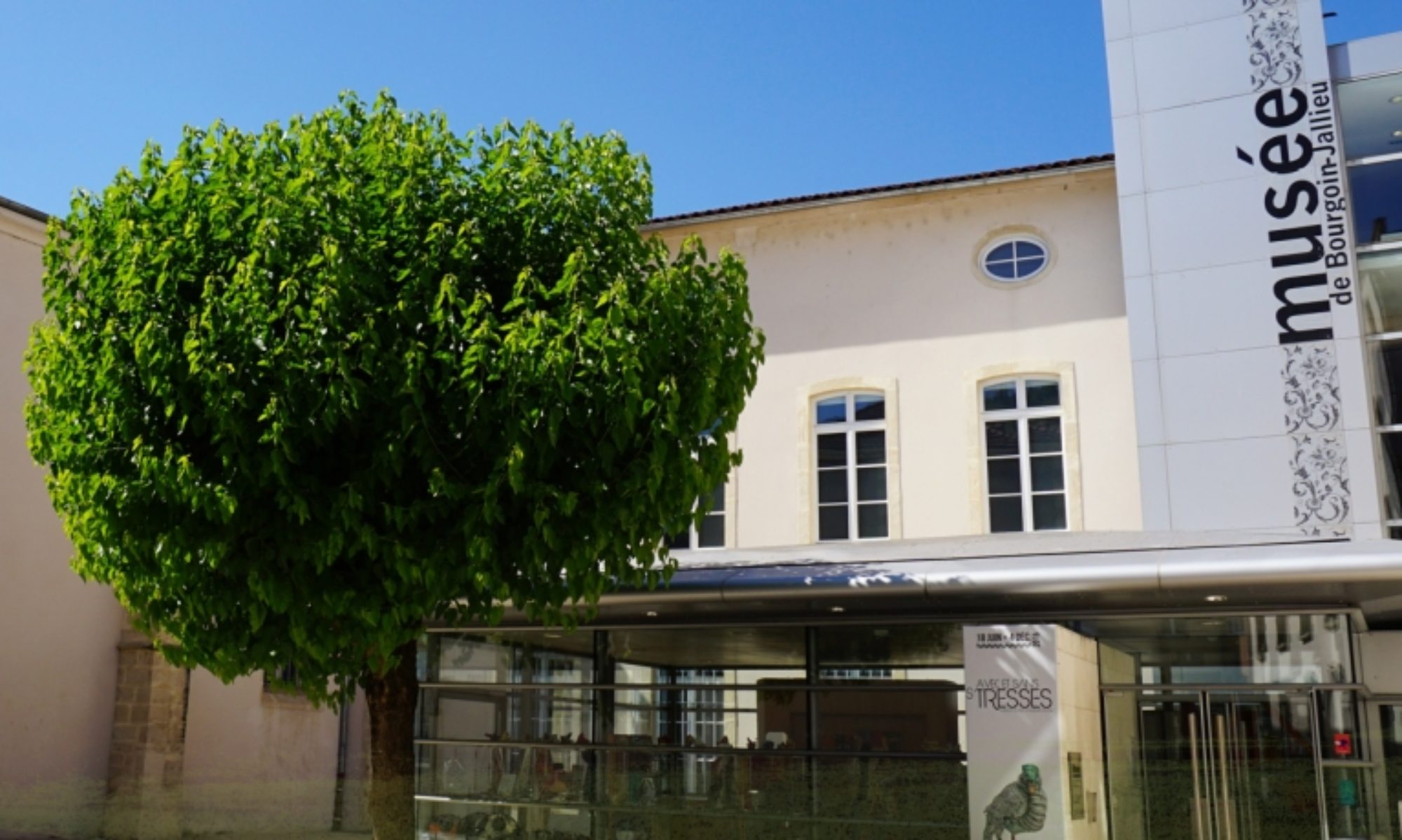A man’s dressing gown
Starting in 1759, printed fabrics known as “Indienne” were produced in France for use in clothing. Women wore these fabrics in the form of gowns and caraco skirts, while men wore them as dressing gowns, also called banyans.
- A short history of the banyan
At that time, the banyan was worn during the day or in the evening by the master of the house during informal, private moments of leisure. Broadly Asian-inspired (Persian, Indian, Japanese, etc. depending on the style), it was worn by both the aristocracy and the middle class from the 17th to the beginning of the 19th century.
“I had this Indienne robe made for me… My tailor told me the people of quality dress like this in the mornings.”
M. Jourdain in Molière’s The Middle-Class Gentleman (1670)
Because it does not restrict the body and therefore frees the mind, it was also popular with intellectuals, at work on their writing or meditation. It was fashionable for scholars and philosophers to be painted in this attire.
“Loose clothing contributes to the easy and vigorous exercise of the faculties of the mind. This point is so obvious, and so generally known, that one finds studious men are always painted in robes, when seated in their study.”
Benjamin Rush (1746-1813), founding father of the USA
- The museum piece
This example comes from the wardrobe of a Bordeaux family. It was acquired in 2006 for the sum of 3600 euros, at the Parisian sale of the collections of the Maison Hamot, which was one of the preeminent names in the trade of luxury fabrics.
This dressing gown is made of “siamoise,” a fabric composed of silk warp and cotton weft, so named because it was presented to Louis XIV by ambassadors from Siam. The cut is ample, of Oriental inspiration (Persian). The fabric was wood block printed in 6 colors (2 purples, 3 reds, 1 yellow) with blue highlights applied by brush. It was made in France, and may have been printed during Prohibition (or shortly afterwards).
The pattern depicts a spray of stylized carnations between wide stripes.

